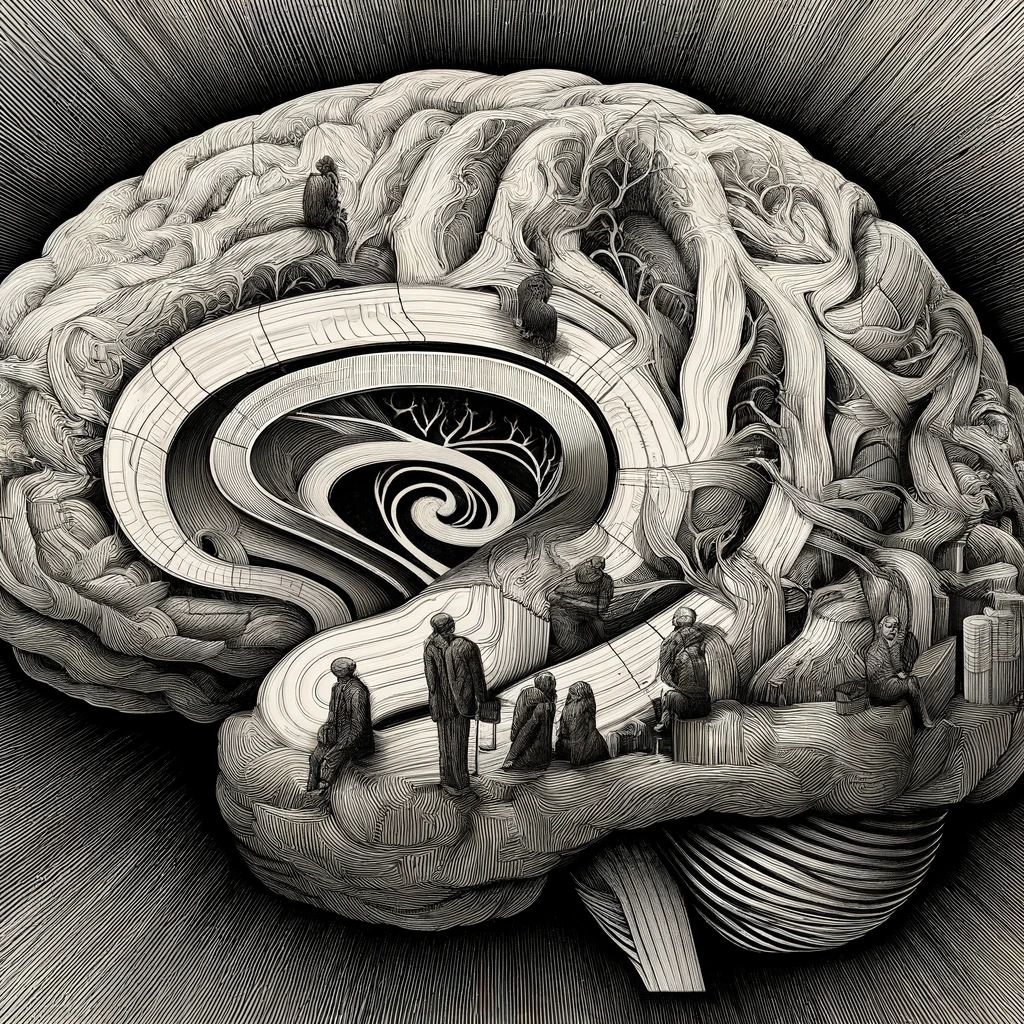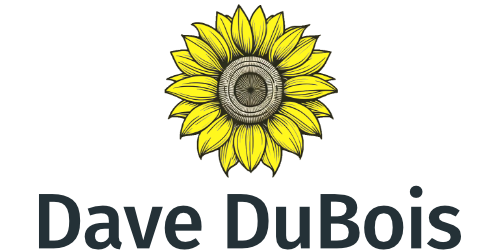Neuroplasticity is the brain's ability to change over time in response to experience, including what you think. In the days after a psychedelic experience, there is increased neuroplasticity in the brain—increased receptivity and workability. Sometimes, you'll experience this as a feeling of more spaciousness in your mind or emotional state. Sometimes, you may notice an extra moment between a stimulus and your response.
You may even experience a moment of freedom, like, "Wait, I don't have to get upset by this? I don't have to hold on to this idea or this feeling?" Viktor Frankl famously said, "Between stimulus and response, there is a space. In that space is our power to choose our response. In our response lies our growth and our freedom."
Guided neuroplasticity exercises take advantage of the window of the brain's increased ability to change by strengthening the power to choose your response.
Exercise: Balancing Being and Doing

Introduction:
After a psychedelic medicine journey, the brain enters a state of heightened neuroplasticity, presenting a unique opportunity for deep psychological work and habit transformation. This exercise is designed to help you cultivate awareness of the impulse to “do” versus the state of “being.” By recognizing when you are drifting into the “doing” mode and consciously shifting back into “being,” you can rewire your brain to balance these states.
How It Works:
This exercise uses meditation to recognize moments of the impulse to do, followed by intentional shifts to simply being. By repeatedly practicing this awareness and shift, you encourage your brain to reformulate pathways that favor a more balanced approach rooted in freedom, not habit.
Preparation:
- Find a quiet space where you can sit or lie down undisturbed.
- Optionally, use a timer or alarm.
Steps:
- Preparation:
- Find a comfortable and quiet place to sit or lie down.
- If you’re using a timer, set it for 5 minutes (or longer if you wish.)
- Grounding:
- Begin by taking three deep, slow breaths. Inhale deeply through your nose, allowing your stomach to expand, and exhale slowly through your mouth. Feel your body relax with each breath.
- Notice how it feels to come to rest in this simple state, withdrawing for a moment from whatever you were previously doing.
- Cultivating Awareness:
- Allow your breathing to return to its natural rhythm. Turn your attention to your current thoughts and activities. Simply observe what your mind is up to without trying to change anything. There is nothing else that needs to be done.
- Each time you find yourself beginning to plan, analyze, or engage in mental activity, acknowledge this as “doing.”
- Recognizing the Impulse:
- When you notice this moment, this impulse to enter the “doing” state, pause, and try to rouse your curiosity.
- Explore the impulse: What triggered the doing? Is there an underlying emotion or discomfort prompting this activity?
- Shifting to Being:
- Once you recognize the “doing” state, consciously shift back into “being.” Let go of any tasks, plans, or thoughts. Say to yourself, “Now... just being.”
- Focus on your senses. What do you hear, smell, or feel—below the level of thinking? Let these sensations fill your awareness, anchoring you in the present moment.
- Deepening the Practice:
- Continue this practice of shifting from “doing” to “being” for the duration of your timer. Each transition is an opportunity to strengthen new neural pathways.
- If your mind wanders again to “doing,” gently guide it back with kindness and without judgment.
- Reflection:
- After the timer goes off, spend a few minutes reflecting on the experience. What feels different in your body and mind in the different modes of “being” versus “doing?”
- Consider journaling your reflections.
- Consider doing an abbreviated form of this practice for just a minute any time you become aware you are shifting into a driven “doing” mode.
Closing:
Practice this exercise daily, especially in the days following a psychedelic journey, to maximize the potential for change. Over time, the balance between doing and being comes with greater ease, enhancing your ability to live more fully in the present moment. 🌻
